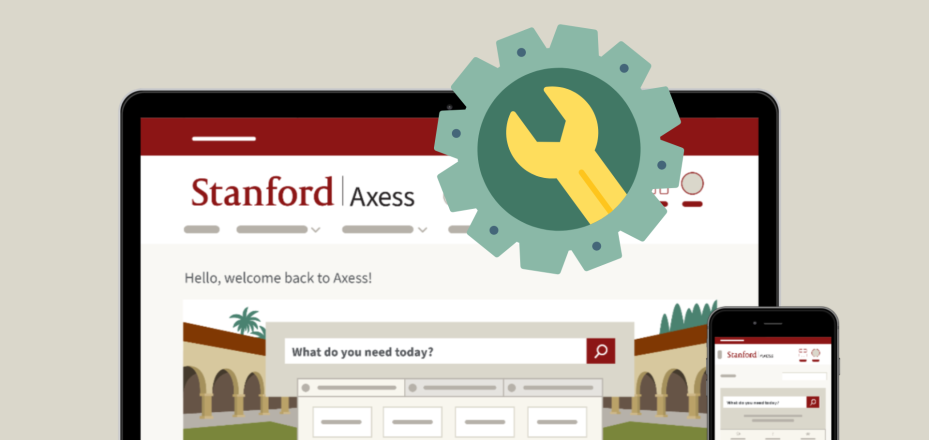UIT’s Priority Initiatives Announced

Randy Livingston, vice president for Business Affairs and chief financial officer
This year, University IT identified 14 priority initiatives aimed at delivering technology to help you work in as innovative, automated and efficient a manner as possible.
“We are continuously striving to improve the quality and value of IT tools, services and support delivered to our clients across Stanford,” said Randy Livingston, vice president for Business Affairs and chief financial officer. “The 14 priority initiatives represent our major areas of focus for the current performance year.”
A newly launched UIT Priority Initiatives website provides a better sense of the technology services and solutions work that is in progress. We’ve included just a sampling here.
Improving collaboration and communication tools
The year’s key priorities involve improving collaboration and communication tools for the Stanford community. This includes determining how network, voice and video services will evolve to create a common set of tools at all Stanford locations. This is particularly important as Stanford prepares to open the Redwood City campus.
“It’s key to Stanford’s continued success, and to our colleagues’ success, to have the tools to communicate and collaborate seamlessly regardless of their location,” said Mark Miyasaki, UIT’s executive director for Communication Services. “We are planning to ensure that all such tools will be consistent in capability, ease of use, quality, and process regardless of which Stanford location one works from.”
Preparing for disaster recovery and business continuity
Another important area is disaster recovery and business continuity. While Stanford doesn’t have to deal with events like the hurricanes that recently hit Texas and Florida, the recent earthquakes in Mexico remind us that we do have other natural and man-made challenges to prepare for.

Matthew Ricks, director of Business Continuity Management
Matthew Ricks, UIT’s director of Business Continuity Management, is leading efforts to improve the resiliency of the applications and services we provide to help you get your work done.
“In the event of an emergency, the personal safety of all members of the Stanford community is our primary focus,” stressed Matthew. “From there, we want to help get Stanford back to work on its mission as quickly as possible.”
To do that, we are prioritizing which systems and services need to be available quickly, as we are updating and developing plans that allow us to maintain operations during large-scale natural or man-made disasters. We are also assessing our staff’s readiness and capabilities for performing work remotely to minimize work stoppages or gaps during such events.
Advancing cybersecurity
Cybersecurity remains a top priority for Stanford. Focusing on user experience, in early 2018 we will begin offering “passwordless” web authentication, which both strengthens and simplifies the daily login process. This year, we continue to work with our IT partners throughout campus to gain adoption of the Minimum Security Standards across all University-operated High Risk systems. As Stanford rapidly expands its use of cloud-based solutions, we are developing tailored security standards and best practices to safeguard those environments.
Learn more
To learn more about all 14 UIT priority initiatives and the many associated projects, visit the UIT Priority Initiatives website. The site gives details of individual projects, expected start dates and useful contact names.
DISCLAIMER: UIT News is accurate on the publication date. We do not update information in past news items. We do make every effort to keep our service information pages up-to-date. Please search our service pages at uit.stanford.edu/search.



